If someone you love was killed due to the misconduct, negligence or carelessness of another party, you may be able to file a wrongful death claim. Bringing a lawsuit can provide you with the compensation you deserve for the loss you have suffered, while also holding the responsible person or entity accountable for their actions.
Here, the experienced legal team at William R. Rawlings & Associates share answers to some of the most common questions we receive about Utah wrongful death cases.

Generally speaking, a lawsuit is appropriate in situations where the victim would have had a valid Utah personal injury case if they survived. Examples of circumstances that can give rise to a legal claim for compensation include:
Under Utah law, this type of claim can be filed by the surviving heirs of the deceased victim or a representative of the estate. People who have the legal right to seek compensation for the loss of a loved one include:
Proving that someone is legally liable for a death requires a preponderance of evidence – or, in other words, most of the evidence provided must indicate that the defendant is responsible. In Utah, legal claims need to prove the following in order to be successful:
Depending upon the specific circumstances of a claim, the plaintiff may be entitled to financial compensation. The damages that may be awarded in a Utah lawsuit include:
The statute of limitations for a wrongful death case in Utah is typically two years, but special rules and exceptions may apply – which could mean you have less time to file a claim than you think. As such, if you’re thinking that you may have grounds to take legal action, consulting with an experienced attorney as soon as possible is in your best interests.
At William R. Rawlings & Associates, our legal team has more than 35 years of experience fighting for the rights of surviving victims – and we’re successful in obtaining compensation in 98 percent of the cases we take on. Contact our Draper or West Valley City office today to schedule a free consultation or to discuss your case with a Utah wrongful death lawyer.
Have you been injured in a collision involving a semi-truck, tractor-trailer or other big rig? Filing a truck accident lawsuit can be the means to obtaining compensation – but to achieve that goal, you’ll need to meet the deadline. Here’s a look at how much time you have to take legal action.
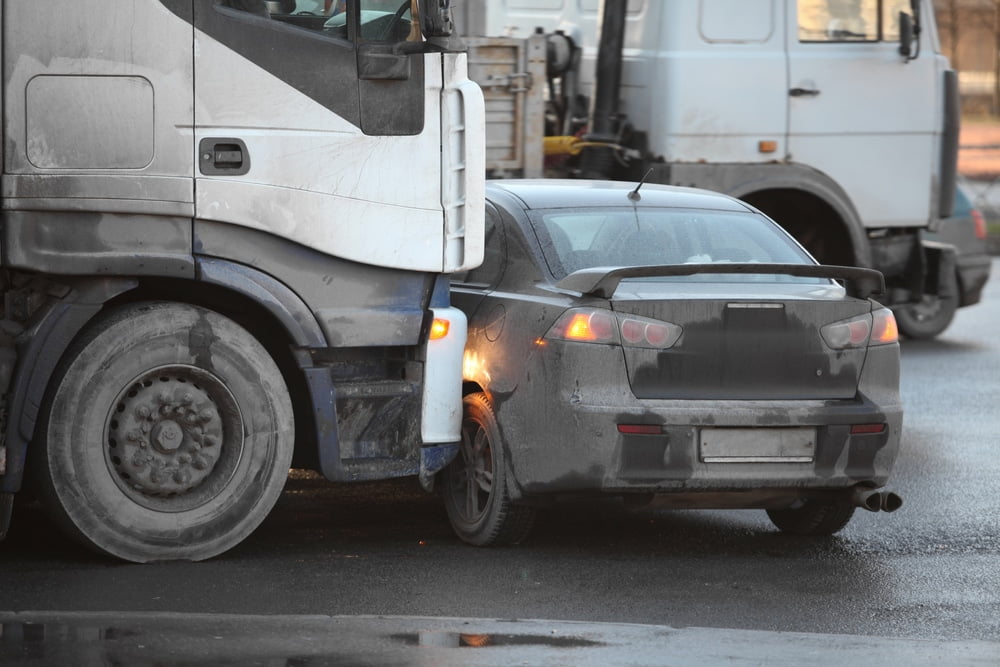
The Utah legal code states that injured accident victims have four years to file a claim with the court – and the date of the collision is when the clock starts running. However, depending upon the circumstances, two other filing deadlines could come into play.
First of all, if the accident caused a fatality, the victim’s surviving heirs or their representative have only two years to file a wrongful death claim. In this case, the clock starts on the date of death – which may or may not be the date of the accident.
Secondly, if a collision results in vehicle or property damage, there’s a deadline to file a legal claim for financial compensation. In Utah, a case of this type must be filed within three years of the accident date.
While you technically have up to four years to file an accident lawsuit in Utah, building a solid case takes time – and preparation is crucial to winning a case. You should contact an experienced truck accident attorney as soon as possible so that they can:
In an ideal world, truck accident attorneys would always be able to obtain fair financial compensation for their injured clients by simply asking the appropriate insurance company for a settlement. But as you might have guessed, that doesn’t happen in every case.
Your attorney may need to file a lawsuit to fight for a judgment in your favor. In that event, the case will proceed through these stages:
At William R. Rawlings & Associates, we routinely handle accident claims – and as former defense lawyers and insurance adjusters, our legal team knows how to sidestep the shady tactics and get injured victims every dollar they deserve. For a free case evaluation, contact us online or give our office a call today to speak with a Utah truck accident attorney now.
Finding the right personal injury attorney to take your case can be a challenge, as a vast number of law firms serve clients in Utah, California and Idaho. Fortunately, most – including William Rawlings & Associates – offer free consultations.
The primary purpose of a lawyer consultation is to get an expert evaluation of your case and whether it’s worth pursuing. However, you can and should ask questions of your own to help you determine if the attorney is a good fit. Here are a few important questions to include on your list.
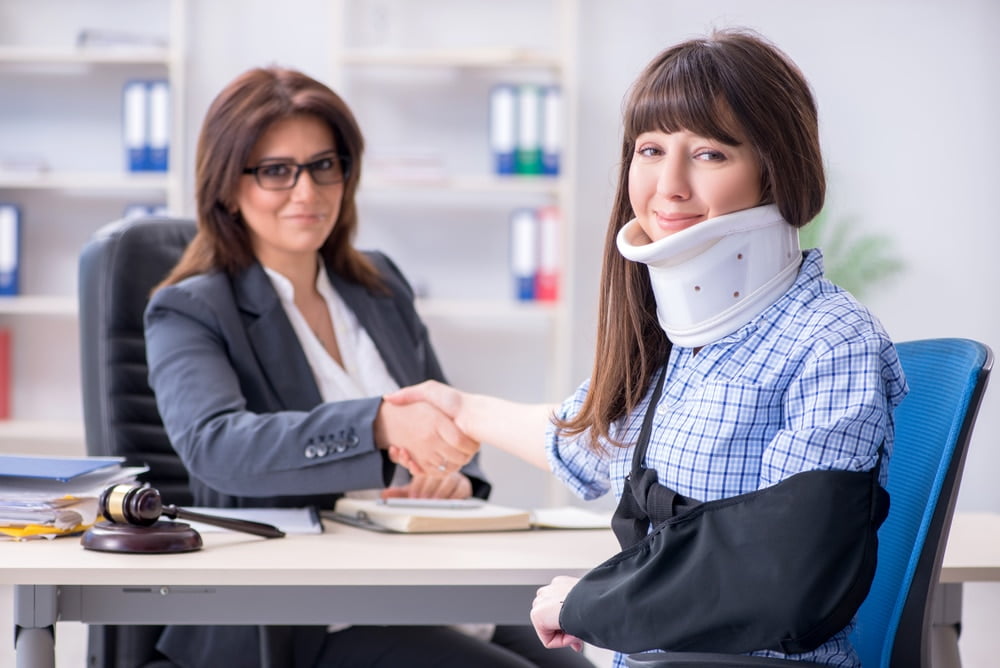
Most personal injury attorneys work on a contingency basis, meaning that they don’t collect a fee unless they’re successful in recovering damages. Confirm this arrangement during the lawyer consultation, and ask about the percentage the firm charges. Find out, too, if you will have any out-of-pocket case costs.
Ask the attorney about their level of expertise in personal injury law, keeping in mind that you’ll likely benefit most by working with a well-established law firm. Check to see how long they’ve been in business and ask about the significant accomplishments of the legal team.
No lawyer will guarantee a successful case outcome, but attorneys in the practice of personal injury law typically only take cases they believe they can win. As for the worth of your claim, an experienced lawyer should be able to give you an idea of the amount of financial compensation you can expect.
Some attorneys in this field of law spend the bulk of their time on vehicular accident cases, while others have expertise in dog bite injuries, wrongful death claims or other specialized areas. The lawyer you choose should have experience handling injury claims similar to yours, as they’ll be more familiar with the legal issues you may face.
Lawyers frequently work on several cases simultaneously. Good personal injury attorneys know their limits and only take on new clients when the schedule allows. During the consultation, ask about the lawyer’s workload to ensure they have the time to give your claim the dedicated attention it needs.
Before you hire a personal injury attorney, make sure you feel confident in their ability to protect your rights and interests. With William Rawlings & Associates, you’ll have a highly committed advocate fighting on your behalf – and we’ll do whatever we can to help you obtain the financial compensation you deserve.
The lawyers at William Rawlings & Associates are licensed in Utah, California and Idaho. We offer free consultations, and we work with a limited number of clients to allow our legal team to give each one ample time and attention. For more information on our qualifications, or to meet with one of our experienced personal injury attorneys, contact our Draper or West Valley City, Utah, office today.
Are you think about filing a personal injury claim?
Whether you were seriously injured in a car accident, an animal attack or any other type of incident, you have the legal right to bring a case to court. As for the worth of your claim, that comes mainly down to the types of damages you’re able to recover.
Most damages are considered compensatory, as they’re meant to provide monetary compensation for losses incurred. A personal injury attorney can help you pursue all of the damages that apply to your case – here’s a look at what that may include.
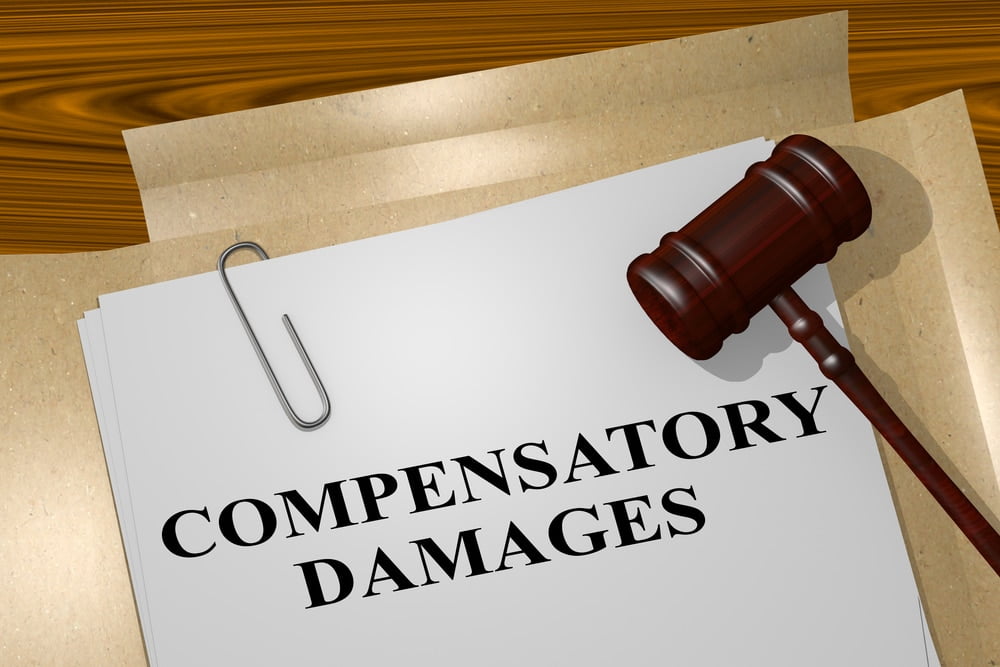
A successful personal injury claim should compensate you for medical expenses you’ve already incurred. And, beyond paying your medical bills or providing reimbursement, you may be entitled to compensation for future medical care.
If your injuries have caused you to miss work, you can ask for compensation as part of your claim. Submit sufficient proof, and you may be awarded the wages you would have earned for doing your job.
Severe injuries can force you into a different line of work or, worse, prevent you from seeking employment at all. If you’re unable to earn as much as you did previously, you may qualify for compensation for the future economic loss.
If the incident that caused your injuries also caused damage to any of your property, you have the right to be compensated. You can ask for reimbursement for your repair costs or the fair market value of items that were lost.
Compensation for pain and discomfort resulting from your injuries can also be a part of your personal injury claim. Damages for emotional distress may also be awarded if the incident had a serious psychological impact.
Injuries can keep you from enjoying your regular hobbies and recreational activities. If that’s been your experience, you may be able to seek out damages as compensation for your inability to enjoy life’s pleasures.
If being seriously injured has affected the relationship you have with your spouse, you can bring a claim for damages. Many consequences of getting hurt – including a loss of affection and difficulty with sexual relations – can qualify you for compensation.
A lawyer with experience working on personal injury claims can protect your legal rights by building a strong case. Hire an attorney, and you’ll have expert help determining which of the above categories of compensatory damages can be proven – and you can count on your lawyer to fight for the financial compensation you need and deserve.
William Rawlings & Associates, a highly respected law firm based in northern Utah, has been helping clients in Utah, California and Idaho for decades. For a free consultation to discuss your personal injury claim, contact our office in Draper or West Valley City today.
If you prevail in a personal injury lawsuit, you may receive compensation in one of two ways. The entire amount may come to you in one lump sum payment, or it may be divided into a series of payments, an arrangement known as a structured settlement.
Many people with injuries that require long-term care choose structured settlements, but there are merits and drawbacks to both payment options. Here’s what you need to know to figure out which type of personal injury settlement you prefer.
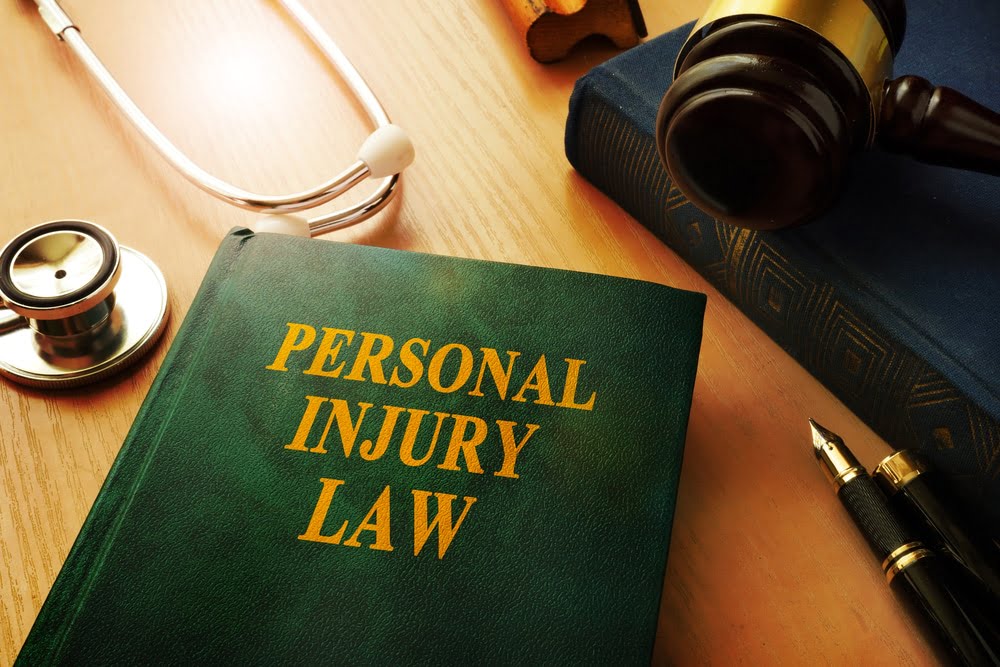
With a structured injury settlement, you’ll receive periodic payments rather than one lump sum.
Your personal injury attorney can negotiate the terms to meet your needs. You might, for example, want the first payment to be substantial enough to cover all of your bills and expenses. Or, if you have growing children, you may prefer to have the payment amount increase over time. Your settlement may also be structured to provide you with lifelong income. With your attorney’s help, you can receive your funds exactly as you’d like.
Structured injury settlements have several advantages. The benefits to this payment arrangement include:
Structured injury settlements aren’t right for everyone who wins a personal injury lawsuit. Some people prefer receiving a lump sum payment because:
The ideal payment arrangement for you depends upon your personal circumstances.
If the amount of your injury settlement is on the smaller side, you may want to take a lump sum payment. Putting in the time and effort required to set up a structured injury settlement is generally only worthwhile when larger amounts are involved.
However, your needs and preferences matter. You need to receive compensation in a way that works for you, and an experienced personal injury attorney – like the award-winning team at William Rawlings & Associates -- can help make sure that happens.
Our highly skilled lawyers have more than 35 years of experience working on personal injury lawsuits, and we’ve collected millions for clients in Utah, California and Idaho. We’ll fight to ensure you receive fair compensation for your losses, and we’ll negotiate a payment solution that protects your interests.
For more details on structured settlements, or to schedule a free personal injury lawsuit consultation, contact William Rawlings & Associates today.
In part one of this two-part blog series, we went over some of the basics on watercraft accidents and how injury liability is often assigned in such cases. While many boating and other watercraft accidents are similar to car accidents in some ways, there are also several circumstances that are a bit different as you look to determine fault and see if you have a case for damages.
At the offices of William Rawlings & Associates, our personal injury attorneys cover a huge range of potential case types, from auto accident injuries to numerous others, including boating incidents. In today’s part two, we’ll go over a few additional circumstances for boating accidents or injuries and how liability will be assigned based on them.
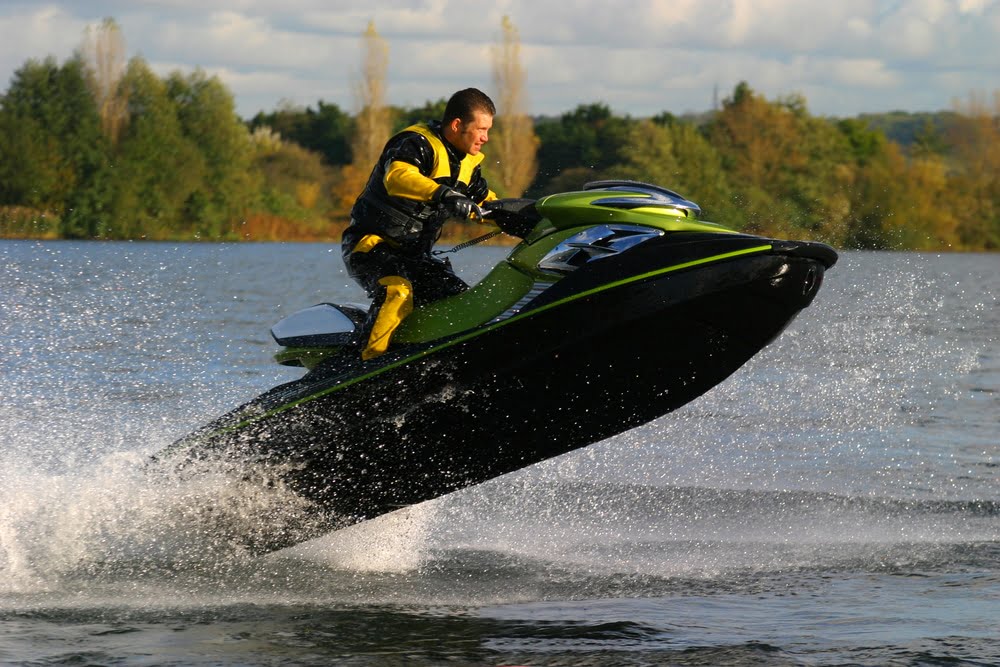
In some cases, particularly if there are hazardous conditions like fog or otherwise poor visibility, boating accidents may take place when the craft hits a submerged rock, a coastline or some other object in the water that could not be seen. In such situations, liability will come down to specific circumstances.
For instance, was the boat operator aware of the conditions and operating appropriately, such as slowing down and using nautical charts? If so, they will likely avoid liability – but if not, and if they were operating the craft improperly based on obviously hazardous conditions around them, they could be held liable for injuries and damage.
In cases where injury occurs to boat occupants as the result of a lack of proper safety equipment, such as lifejackets, vests and floatation devices, liability is usually pretty straightforward: The operator of the craft is responsible. This person is in charge of ensuring such safety equipment is present for all boat occupants before leaving land.
One area of boating accidents that’s extremely similar to car accidents and other vehicles is impairment. It is illegal in all 50 US states to operate watercraft while under the influence of alcohol or drugs; an operator who is found to be under such influence while causing an accident or injury of any kind will almost certainly be held liable in personal injury suits, plus could be charged criminally for DUI or a similar count.
Finally, there are some cases where operator error is not involved at all in a watercraft accident or injury situation. Many boats are rented for temporary use – commercial businesses who offer such rentals are responsible for proper maintenance and ensuring watercraft they rent out are safe to operate. If an accident or injury occurs as a result of a failure to perform these duties, such businesses or individuals may be liable. Similar realities are at play within product manufacturers for new watercraft.
For more on how watercraft accidents work in terms of liability and personal injury, or to learn about any of our auto accident injury or other personal injury lawyer services, speak to the staff at the offices of William Rawlings & Associates today.
The summer period is one where many like to get out on the water and enjoy themselves, including those who enjoy watercraft like boats, jet skis and others. At the same time, just like any type of motorized vehicle, care must be taken while using these items – and a lack of such care could lead to liability concerns for personal injury cases if accidents take place.
At the offices of William Rawlings & Associates LLC, we’re proud to offer a variety of personal injury attorney services, including for cases involving watercraft and related accidents. In this two-part blog series, we’ll dig into a number of areas to be aware of here – common boating accident types and how fault is often determined for them, how resulting liability cases may go and much more.
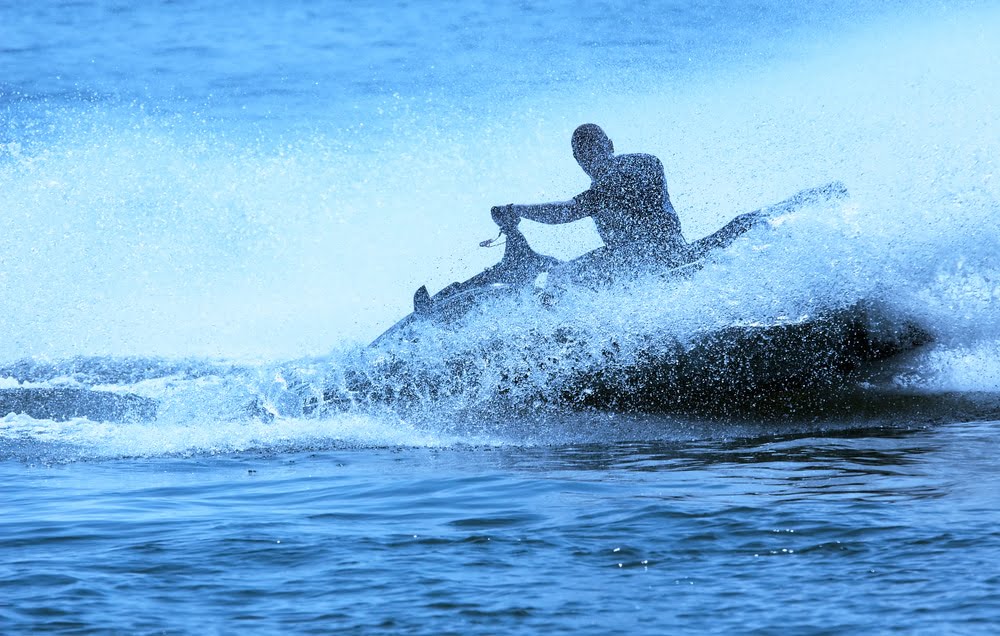
For starters, it’s important to note throughout any liability case involving an accident with watercraft that such cases often contain many of the same factors as auto accidents and their resulting cases. Things like speeding, recklessness and inexperienced operators are common underlying causes of accidents, as are issues of driving while under the influence.
At the same time, there are other types of issues that aren’t really too similar to a vehicle accident, and these may be handled differently. Our upcoming sections will look at a number of potential issues that fit in both categories, plus how liability is often determined in such cases.
Perhaps the most common and well-known type of boat-related issue, and one that’s definitely similar to a vehicle accident in many ways, is a standard collision. These aren’t as common as car accidents due to how wide open most lakes and other bodies of water tend to be, but they still do take place from time to time.
Who is at fault in such incidents? Like with car accidents, the answer depends. Both boat operators will be at some degree of fault in certain cases, or there may be others where a single one is at fault – incidents of motorboats hitting sailboats are good examples, as the motorboat owner is generally held liable.
Another type of boat accident involves a boat hitting another boat’s wake and sustaining damage as a result; the same may take place with large waves that were not caused by any boat. In such cases, several factors will be considered in determining liability, including the speed and size of the boat that caused the wake (if one exists), visibility, traffic and whether the operator warned passengers about the wake in advance.
For more on watercraft collisions and related liability concerns, or to learn about any of our auto accident injury or other personal injury attorney services, speak to the staff at the offices of William Rawlings & Associates LLC today.
Particularly in states like Utah, with unpredictable and sometimes extreme weather, the popularity of indoor trampoline parks has exploded in recent years. There are over 800 such parks in America, up from under 100 just five years ago, and while these bring entertainment and fun in most situations, they also come with some non-trivial injury risks.
At the offices of William Rawlings & Associates, our personal injury attorneys have assisted with numerous cases of injury or accident liability for trampoline parks. While such parks try to cover themselves with liability waivers, there are many situations where these do not properly cover certain hazards or conditions, and participants may have robust claims for injuries or damages sustained. Here’s a quick primer on the dangers involved with trampolines, plus some stats on trampoline park accidents and some important information to know on park liability waivers.
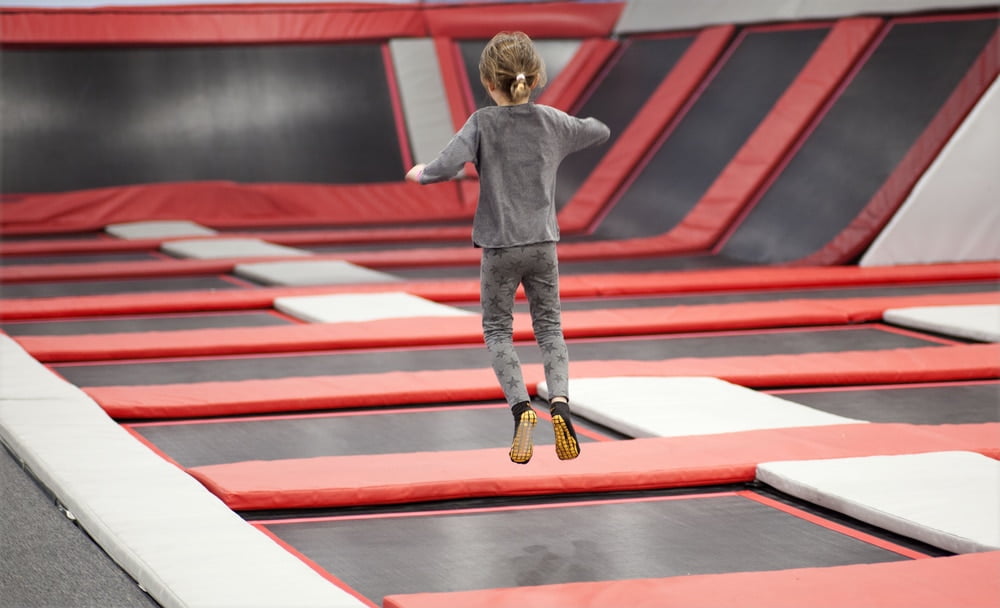
There are several specific injury types that are a significant risk when it comes to jumping on trampolines, including each of the following:
Trampolines in any setting pose dangers, but those in trampoline parks have been found to carry additional risks even beyond these standard concerns. This often stems from the fact that this industry is completely unregulated – there are premises liability laws these companies have to follow, yes, but that’s about it. Collisions, landing issues, falling or jumping off the trampoline, and even landing on springs are all concerns.
A couple notable statistics on trampoline parks and accidents:
As we noted above, trampoline parks will attempt to shield themselves from liability by having all visitors sign liability waivers. These are meant to cover the business in case of injury.
And in some minor injury cases, such waivers will hold up. Patrons who experience strains or sprains based on hazards they were well aware of and chose to take part in anyway often won’t be able to file a claim against the business.
However, there are also many cases where the park will be found negligent even despite these waivers – incidents like improperly maintained equipment, hidden hazards or related issues that lead to major injury. In addition, there are also many states that do not allow minors to sign away their rights, even with a parent signing; in such cases, injuries to kids under 18 often lead to liability cases against the business even if a waiver was signed.
For more on trampoline parks and accident liability, or to learn about any of our personal injury or wrongful death attorney services, speak to the staff at the offices of William Rawlings & Associates today.
In part one of this two-part blog series, we went over some of the immediate actions to take if you’re injured in a workplace accident or incident. These cases may be handled a bit differently from many other personal injury types, with possible claims coming either from the employee in question, the employer, or sometimes even both.
At the offices of William Rawlings & Associates, our personal injury attorneys are here to help with a wide variety of cases, including workplace incidents. In today’s part two, we’ll go over several additional steps to take as you move forward with a potential liability claim here, including several factors that are important if you’re filing certain worker’s compensation types.
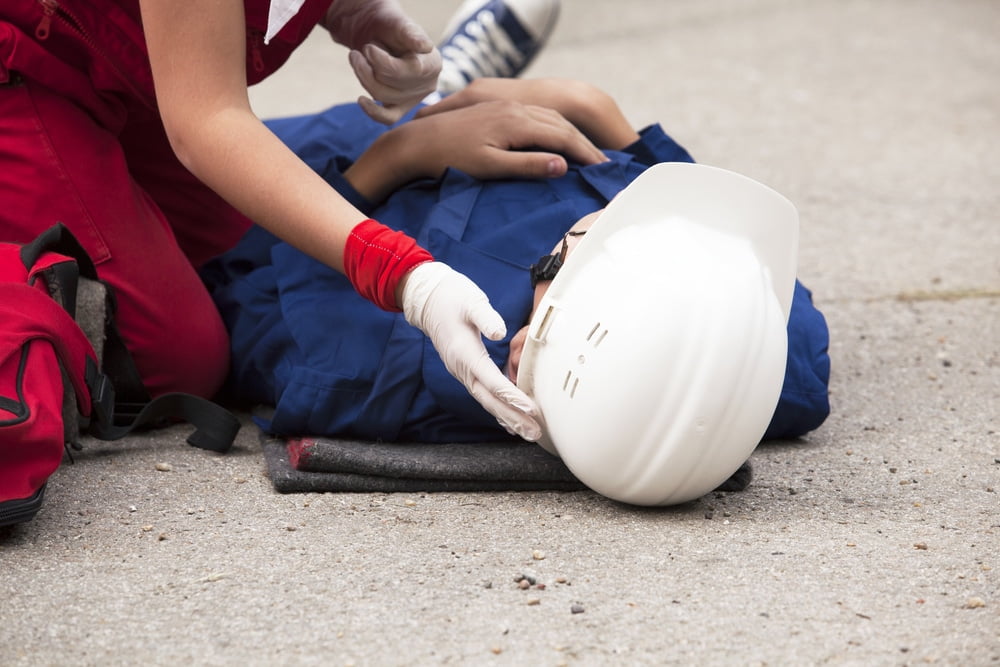
We talked about seeking medical assistance in part one, and this also may involve certain follow-up appointments or sessions. These should be attended no matter what, especially if they’re providing documentation and evidence of how you’re recovering from injuries sustained during the incident.
Now, doctors and nurses are busy individuals whose jobs mandate they focus mostly on the most severe symptoms for patients. This means they may not necessarily record every symptom you’re feeling, particularly more minor ones – but this does not mean you can’t track your own symptoms. Use a phone, computer or another diary format to record and provide evidence of any such symptoms.
In any case where you believe you have been injured due to poor workplace conditions, you will work with your personal injury attorney to file a formal grievance against the employer. Such conditions may include defective equipment, hazardous and unmarked areas or several others.
During the course of the post-accident proceedings, it’s vital for you to keep records of a variety of related financial areas. You’ll need to record all losses you’ve suffered due to the incident, including expenses – lost wages, money spent on out-of-pocket treatments or any other areas.
This information is often vital in winning your claim against the employer. It helps the court define the specific damages you’ve undergone due to the incident in addition to specific injuries.
At certain points during this process, there may become a need for you to request pertinent information – whether from the employer or another agency related to the incident. There are several legal documents that may play a role in a given worker’s compensation claim, for instance. This is one particular area where a personal injury attorney will assist you significantly, as we have years of experience with document and information requests from various entities.
For more on what to do after a workplace injury, or to learn about any of our personal injury or auto accident injury attorney services, speak to the staff at the offices of William Rawlings & Associates today.
Different personal injury types will involve very different steps and requirements from victims as they attempt to receive compensation for injuries or damages, and a great example here is anyone who sustains an injury in the workplace. Those in such situations are often highly stressed – not only do they have to think about their injury and its impact, they also may be concerned about their job or the prospect of filing an injury claim with their employer.
At the offices of William Rawlings & Associates, we’re here to help. Our personal injury attorneys handle a wide variety of case types, including assisting those involved in workplace injuries or accidents. In this two-part blog, we’ll go over a number of steps you should take after such an incident, from ensuring your own health and safety to taking the proper steps in case a liability claim comes out of the injury.

First and foremost, both for your own well-being and to potentially bolster a liability case later on (if applicable), you should seek immediate medical attention after a workplace accident, particularly for any serious injuries. If anyone in the facility is certified in First Aid, they can aid in this process until other medical staff arrive. All workplaces must keep a First Aid kit present.
If you’re not sure about the severity of your injuries, do not hesitate to seek further attention. Attend an urgent care center or emergency room as soon as possible.
Within reason after seeking proper medical attention, notify your supervisor or a member of company HR that you’ve sustained a workplace injury. Know that at this point, they are licensed to file a report with the OSHA. It is illegal to fail to report a workplace injury to your employer. If your employer has an accident book, common in many workplaces, it must be updated – if not, you may have a claim to file against management.
In addition, you should inform colleagues of the accident. This is especially important if there are no witnesses of the incident itself – making your situation clear is important if the employer wants to open an investigation or you choose to file a worker’s compensation claim.
Record and collect all possible evidence of the incident, including photos or videos if possible. If witnesses were present, ensure you speak to them and record statements. This will be valuable if you choose to file a claim later on.
Before leaving the office, ask a trusted colleague to keep you updated moving forward. This may relate to areas like changes to work policies, removal of dangerous equipment or other impacts related to your accident.
Either at this point or well before it, you should contact one of our personal injury lawyers if you’re considering filing a worker’s compensation claim. We’ll walk you through the vital factors involved and whether you have the requisite needs for a claim.
For more on how to respond after suffering a workplace injury, or to learn about any of our personal injury or auto accident injury services, speak to the staff at the offices of William Rawlings & Associates today.